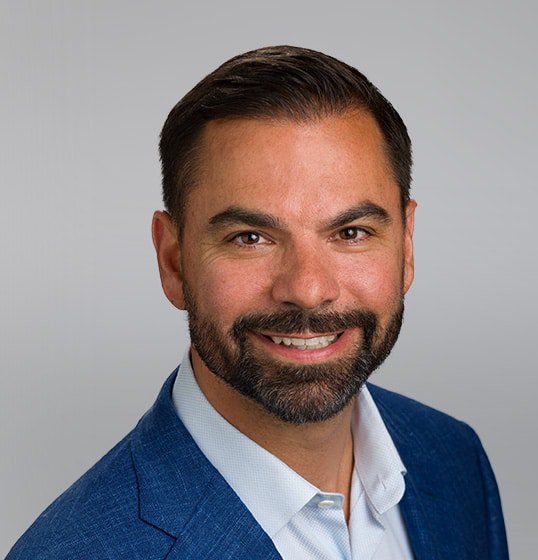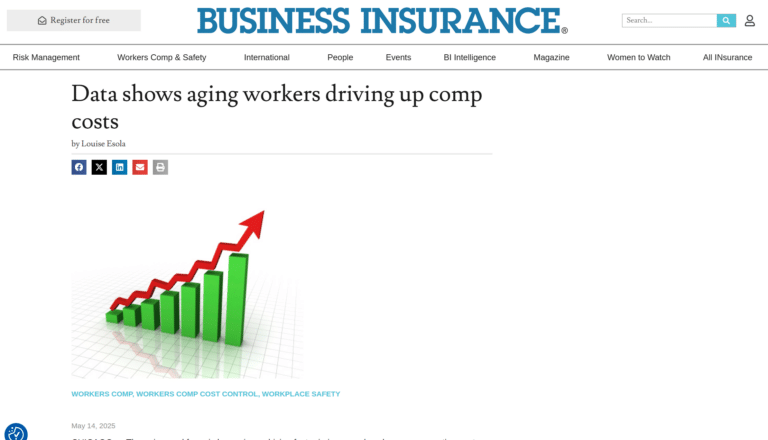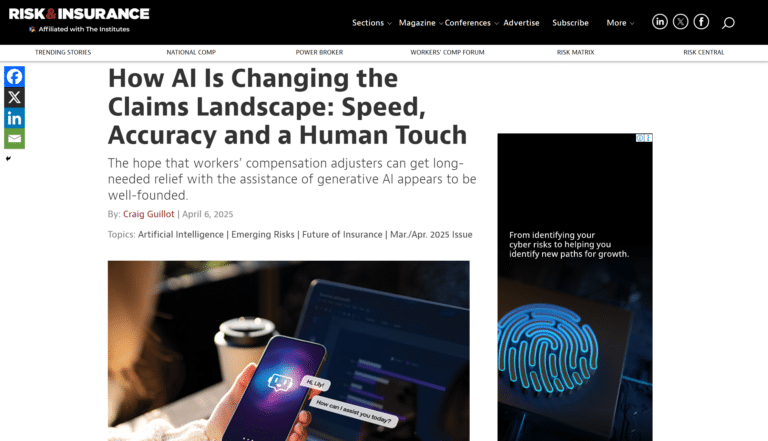Global Construction forecasts that the volume of construction output will grow by 85% to $15.5 trillion worldwide by 2030.1 In the face of this exponential predicted growth, MGAs and PAs focused on the construction industry face a number of risk management challenges that need to be addressed in the near term.
While there are a number of opportunities in the construction marketplace, MGAs, PAs, and carriers face the challenges of increasing claims complexity, an industry-wide talent shortage, and keeping pace with technological advancement compounded by a changing regulatory environment and scrutiny.
Based on what we’re seeing in the current marketplace, let’s explore four key areas where deploying effective end-to-end risk management strategies and innovative technical solutions can mitigate exposure and reduce total cost of risk (TCOR).
Address the Increasing Severity and Complexity of Risk
The construction pipeline is growing, and projects are increasing in complexity. This escalation drives up insurance costs and potential liability. It should not surprise anyone in the industry that TCOR is becoming a stronger focus area. Insurance buyers are forced to take on more risk while experiencing higher retentions and increased coverage costs. Furthermore, our conversations with insurance companies reveal a scarcity of necessary resources available in-house to manage the safety of the projects they insure.
A shortage of skilled construction labor continues to drive a highly competitive talent market. Currently, the construction industry lacks the capacity to provide comprehensive and professional safety services. Simultaneously, a growing pipeline of complex projects necessitates a competent and capable workforce. Larger projects require more workers and greater investment in safety and safety oversight. Mandatory loss prevention training, certification, and full-time project-based services continue to be driven by increased local, state, and federal regulations, insurance carrier subjectivity, or owner contractual requirements.
Having boots on the ground in the form of onsite safety professionals is essential to oversee projects and ensure adherence to contractual safety protocols and measures. It’s crucial to mitigate risk before incidents occur.
Moreover, project-specific or enterprise-wide loss prevention quality assurance consultants with expertise in safety, environmental health and safety, special investigations, and emergency medical technicians can reduce the risk for major construction projects. These professionals identify operational exposures in which existing compliance programs, methods, and records are reviewed in detail. Prioritized recommendations are then returned to improve loss-prevention strategies.
We are seeing successful construction-specific MGAs, PAs, and insurtech insurance providers proactively embedding loss prevention and quality assurance plans and solutions as mandatory investments for both a pre-condition of insurability and throughout the life cycle of projects.
As insurance cost inflation continues in tandem with more self-insured risk being taken by the construction industry, focused investment in loss-prevention policies, procedures, and professional services is also rising. Insurance carriers, MGAs, PAs, and other stakeholders aim to increase access to partnerships with experts, such as GB, that can deliver the scale and resources to improve their outcomes and control costs.
Provide Training and Educational Support
The tight labor market is causing an influx of new entrants into the construction industry who have little to no experience or safety training. Inadequate safety training and education among a workforce inflate the risk and increase loss-prevention challenges.
From safety certifications to OSHA requirements and continuing education, investment in these safety services, people, and training becomes even more crucial as costs continue to rise. Investing strategic, consistent safety training and safety enforcement and even certain preventative investments can help mitigate risk.
Contractors are increasingly leveraging operational project labor data to identify safety deficiencies in the workforce and prescribe real-time safety certifications through learning management systems (LMS). In some cases, the workforce is contractually required to purchase training as part of its scope of services, directed by the contractor and its project labor data systems. GB is actively seeking to partner with contractor project labor data systems to support these insights with services on all fronts of safety training/certifications and LMS.
From our perspective, we’re engaging more frequently with insurance companies during the preconstruction and project-planning phases and the onboarding stages to provide workers access to training, either virtually or in person. On a related note, we’re seeing an increase in requests from insurance companies to evaluate their current claim trends and identify opportunities where education could reduce risk based on the drivers of their existing claim trends.
Invest in Data Efficiency
As insurance costs rise and risks become more complex, construction businesses are tasked with doing more with less. Unfortunately, the industry at large is lagging in the adoption and implementation of technology. Moreover, the industry is still in the early stages of adopting data/technology systems at the point solution (single point of data) and single project levels. The evolution of adopting data systems that incorporate operations, safety, claims, quality, and financial data into enterprise risk management systems spanning the entire portfolio of projects is still ongoing. As such, construction is inherently inefficient in managing, cataloging, and converting data into actionable insights that can positively impact TCOR and enhance its ability to optimally manage its exposure to loss. Leveraging the right tools and resources to distill claim data can help identify safety issues and areas where safety education and training can mitigate risk in future projects.
Our construction partners look to our team for assistance in managing data, harvesting it, and converting it into actionable insights to reduce risk and increase cost savings. For example, at GB, we’re focused on incorporating more strategic partnerships that put actionable insights into the hands of our clients through technical solutions that help improve safety and mitigate risk.
GB Construction Vertical Practice leverages Luminos, our award-winning RMIS platform, to support contractor risk management and safety operations through OSHA recording and tracking and methods to help with data quality management. This helps reduce the experience modification rating (EMR) while enhancing insurability and workers’ compensation insurance rate discounts.
Find the Right Partner
In a marketplace filled with persistent challenges and opportunities for MGAs and PAs, a partnership with the seasoned claims and risk management professionals at GB can help enhance your presence and unlock opportunities for scaling your business for strategic, long-term growth.
Unlike the traditional TPA marketplace, GB owns the totality of our solutions, eliminating the need to seek out any additional vendors or third parties. This makes our organization the only all-in-one risk management partner for MGAs and PAs. Moreover, we ensure our capabilities are constantly evolving to proactively address market gaps and emerging risks that our clients face. This is achieved through ongoing investment in innovative, cost-saving solutions and by seeking strategic channel partnerships with industry leaders in safety and operational data technologies.
Get in touch with our team to discuss how partnering with our robust team of specialists with deep technical expertise can manage claims across all lines of coverage, complexity, and specialized liability to help you achieve superior outcomes.
—






